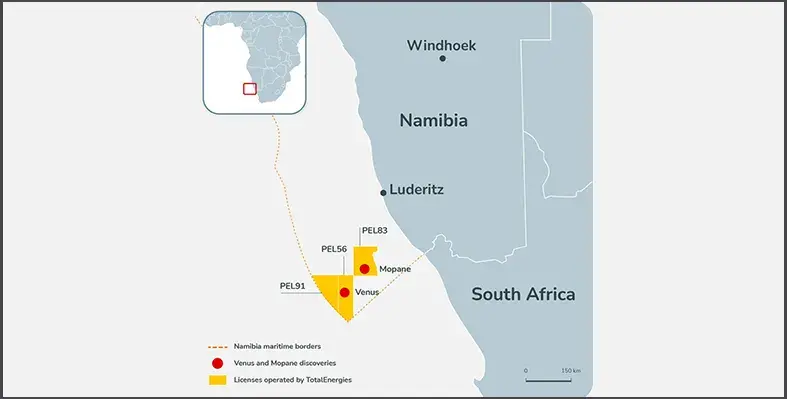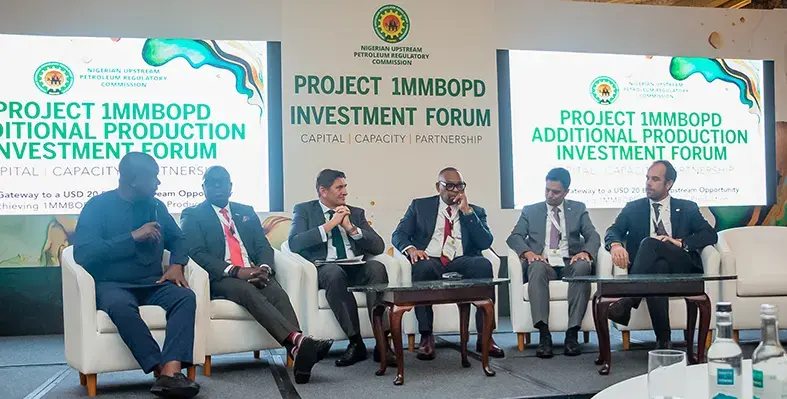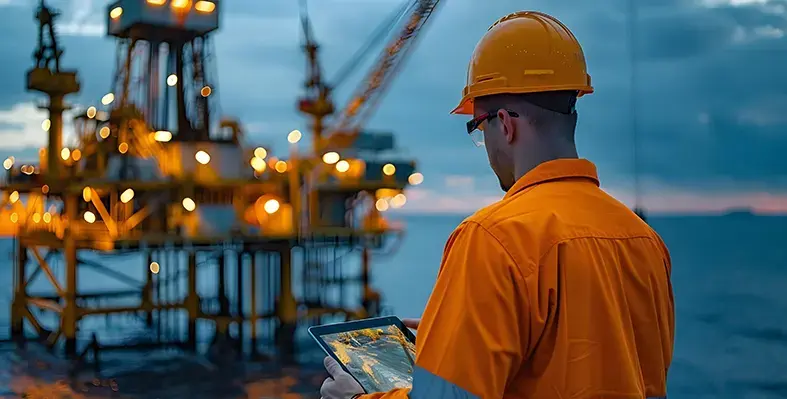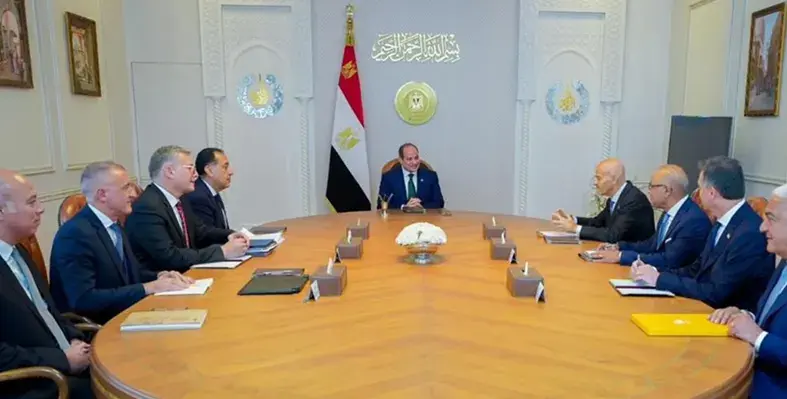
TotalEnergies and Galp will launch an exploration and appraisal campaign in Namibia. (Image source: Total Energies)
In keeping with TotalEnergies' asset-swapping approach in Africa, the major has now concluded an agreement with Galp in Namibia, similar to its last deal in Nigeria with Conoil
As per the agreement, the oil giant will be acquiring from Galp a 40% operated interest in PEL83, which includes the Mopane discovery. Alongside supporting the initial development of PEL83, it will also cover 50% of Galp’s capital expenditures for the exploration and appraisal of the Mopane discovery. Galp will then return the favour by sharing 50% of its future cash flows from the project.
On the other hand, it will also acquire from TotalEnergies a 10% participating interest in PEL56, which includes the Venus discovery, and a 9.39% participating interest in PEL91.
The partners will launch an exploration and appraisal campaign including three wells over the next two years, with a first well planned in 2026, to further derisk resources and progress diligently toward the development of the Mopane discovery.
Concurrently, TotalEnergies, operator of PEL56, remains fully committed to the development of the Venus discovery and is working to secure all conditions enabling a potential final investment decision in 2026.
"We are very happy to have been selected by Galp as their partner and operator for the prolific PEL83 license, including the Mopane discovery in Namibia. This is a strong recognition of the exploration and deepwater competences of TotalEnergies teams. This transaction demonstrates also the strong confidence of TotalEnergies towards Namibia as a future oil producing country. TotalEnergies will leverage its recognised operatorship track record to progress towards profitable and sustainable developments of both Venus and Mopane discoveries. By enabling the creation of a producing hub in Namibia, we aim to achieve synergies that will create long-term value for both Namibia and the stakeholders," said Patrick Pouyanné, chairman and CEO of TotalEnergies. "We are eager to keep building on our collaboration with the Namibian authorities in order to deliver both developments."
Completion of the transaction is subject to customary third party approvals from the Nambian authorities and joint ventures parties, with completion expected to occur in 2026.
Other partners involved the Blocks include Namcor, Custos, QatarEnergy, and Impact.







